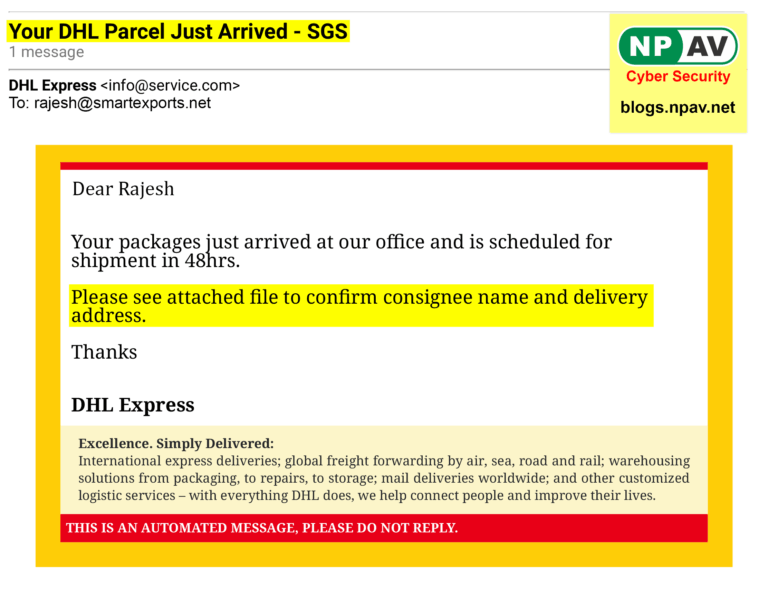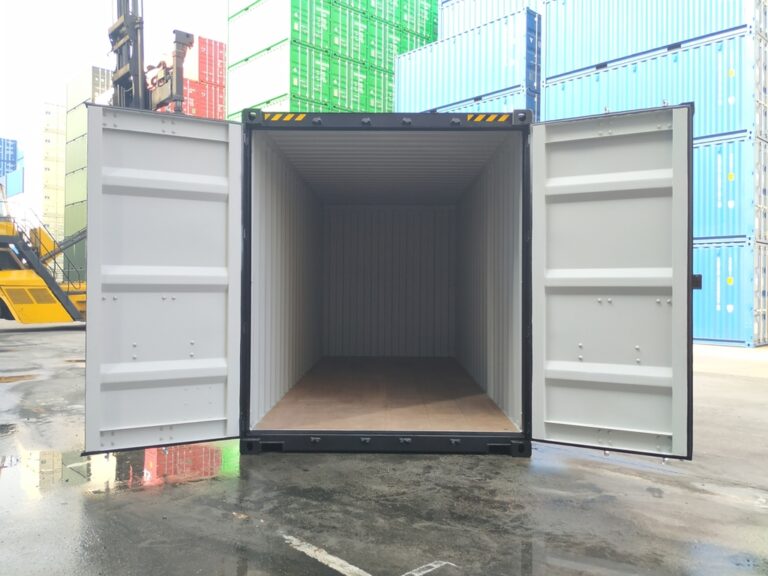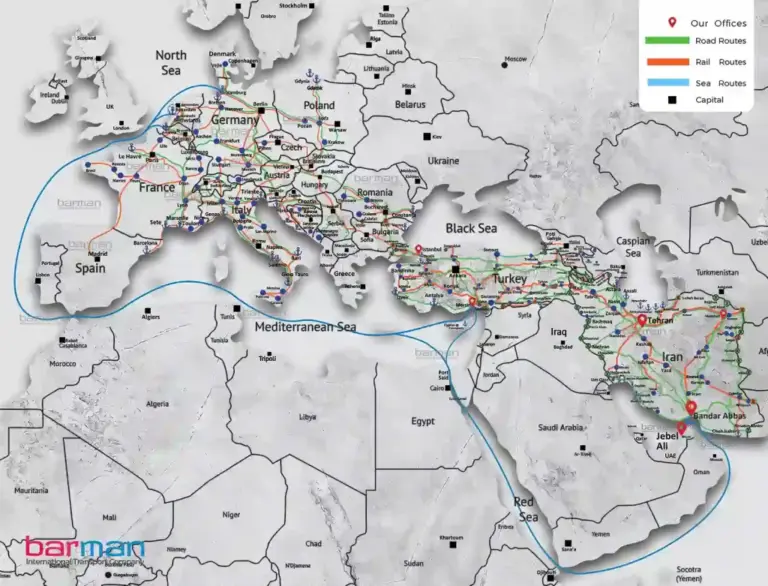Shipping to Mexico from US: Costs, Services, and Key Considerations
Shipping to Mexico from the United States is a critical logistics process for businesses and individuals, driven by the close proximity and strong trade ties under the US-Mexico-Canada Agreement (USMCA). In 2021, U.S. exports to Mexico reached $276.46 billion, making it a top destination for e-commerce, manufacturing, and personal shipments. Users searching for “shipping to Mexico from US” likely want to understand costs, identify reliable service providers, and navigate potential challenges like customs regulations. This guide explores sea, air, and land freight options, provides a comparison table, and includes a relevant YouTube video to illustrate the process, ensuring a comprehensive resource for efficient shipping.
Shipping Options to Mexico
Shipping from the US to Mexico offers multiple modes: sea freight, air freight, and land freight (truck or rail). Each suits different needs based on cargo size, urgency, and budget. Sea freight includes Full Container Load (FCL), Less than Container Load (LCL), and Roll-On/Roll-Off (RoRo). Air freight encompasses bulk air cargo and small parcel express services. Land freight, leveraging the shared border, is often the fastest and most cost-effective for certain shipments.
Sea Freight: Economical for Large Shipments
Sea freight is ideal for large or heavy cargo, such as machinery or bulk goods, with major ports like Veracruz, Manzanillo, and Altamira handling most traffic.
Full Container Load (FCL)
FCL provides exclusive use of a 20-foot (33.2 cubic meters) or 40-foot (67.7 cubic meters) container, offering security for shipments filling at least 50–60% of a container. From Miami to Veracruz, a 40-foot FCL costs approximately $1,500–$2,500, with transit times of 5–10 days. Costs vary by port and season, with additional fees for inland transport or port charges.
Less than Container Load (LCL)
LCL consolidates smaller shipments, with costs based on volume (per cubic meter) or weight. It’s suitable for shipments under 15 cubic meters. A standard pallet (48″ x 40″ x 48″) from Miami to Manzanillo costs $80–$120, with 7–14 day transit. LCL is cost-effective but may involve longer handling times due to consolidation.
Roll-On/Roll-Off (RoRo)
RoRo is used for vehicles or heavy equipment, driven onto and off the vessel. It’s often cheaper than container shipping for such items, with costs depending on size and weight. Contact providers like Latin American Cargo for precise quotes.
Air Freight: Speed for Urgent Shipments
Air freight is faster but pricier, ideal for high-value or time-sensitive goods. Key airports include Mexico City, Monterrey, and Guadalajara.
Bulk Air Cargo
Bulk air cargo suits larger shipments needing speed, with transit times of 2–5 days from the US. Costs are based on actual or volumetric weight (length x width x height in cm ÷ 6000), averaging $2.50–$4.00/kg from the US to Mexico. Common goods include electronics and pharmaceuticals.
Small Parcel Express Services
Express couriers like USPS, FedEx, UPS, and DHL are ideal for small parcels or documents. USPS First Class International delivers 1 kg packages for $17.85–$25, with 6–10 day transit. FedEx International Priority and UPS Worldwide Express deliver in 1–3 days for $30–$50 for a 5 lbs package. For context, Cainiao Express from China to Mexico costs 83 RMB ($11.53 USD) for 1 kg, with 10–17 days transit, indicating US-to-Mexico air freight is generally faster and comparably priced for express services.
Land Freight: Efficient for Cross-Border Shipping
Land freight via truck or rail is a unique advantage for US-to-Mexico shipping due to the shared border. Major entry points include Laredo, TX (Nuevo Laredo), El Paso, TX (Juarez), and Mexicali. Transit times are 1–5 days, with costs for a full truckload (FTL) ranging from $1,000–$2,000 for short routes. Less-than-truckload (LTL) shipments cost $50–$150 per pallet, depending on weight and distance.
Comparison of Shipping Options
The table below compares shipping options from the US to Mexico, focusing on cost, transit time, and suitability, based on web insights and industry data.
| Shipping Mode | Cost (Example) | Transit Time | Suitability |
|---|---|---|---|
| FCL (40-foot) | $1,500–$2,500 (Miami to Veracruz) | 5–10 days | Large, heavy shipments (e.g., machinery) |
| LCL | $80–$120 per pallet | 7–14 days | Smaller shipments under 15 cubic meters |
| RoRo | Varies by vehicle size/weight | 5–10 days | Vehicles, oversized equipment |
| Bulk Air Cargo | $2.50–$4.00/kg (150 lbs: $150–$400) | 2–5 days | High-value, time-sensitive goods |
| Express (USPS) | $17.85–$25 (1 kg) | 6–10 days | Small parcels, budget-friendly |
| Express (FedEx/UPS) | $30–$50 (5 lbs) | 1–3 days | Urgent small parcels, documents |
| Truck (FTL) | $1,000–$2,000 (Laredo to Monterrey) | 1–5 days | Large shipments, cross-border efficiency |
| Truck (LTL) | $50–$150 per pallet | 1–5 days | Smaller shipments, cost-effective |
Note: Costs are estimates based on web data and may vary by carrier, season, and specific routes. For comparison, Cainiao Express from China to Mexico costs $11.53 USD for 1 kg (10–17 days), suggesting US-to-Mexico express shipping is faster but slightly more expensive for similar weights.
Shipping Costs from the US to Mexico
Costs depend on the shipping mode, weight, volume, and carrier. Below are detailed estimates based on web insights and the provided dataset.
Sea Freight
- FCL (40-foot container): $1,500–$2,500 from Miami to Veracruz, with 5–10 day transit. Inland transport and port fees may add $500–$1,000.
- LCL: $80–$120 per cubic meter, with 7–14 days. Suitable for smaller shipments but may incur handling fees.
- RoRo: Costs vary widely; a standard vehicle may cost $1,000–$2,000, with 5–10 days.
Air Freight
- Bulk Air Cargo: $2.50–$4.00/kg, with 2–5 days. A 150 lbs shipment costs $150–$400.
- Express Services:
- USPS First Class International: $17.85–$25 for 1 kg, 6–10 days.
- FedEx International Priority: $23–$50 for 1–5 lbs, 1–3 days.
- UPS Worldwide Express: $30–$50 for 5 lbs, 1–3 days.
- DHL Express: $30–$60 for 1–5 lbs, 1–3 days.
- For comparison, Cainiao Express from China to Mexico costs $11.53 USD (83 RMB) for 1 kg, with 10–17 days, highlighting the speed advantage of US-to-Mexico shipping.
Land Freight
- Full Truckload (FTL): $1,000–$2,000 for routes like Laredo to Monterrey, with 1–5 days.
- Less-than-Truckload (LTL): $50–$150 per pallet, with 1–5 days, ideal for smaller shipments.
Selecting a Service Provider
Choosing a reliable provider is crucial for seamless shipping. Below are key players and their offerings:
- America Ship: Offers competitive rates (e.g., $6/kg to Mexico, 35 days for ocean freight) and warehousing near the border for e-commerce.
- MyUS: Provides package consolidation, saving up to 80% on shipping costs, with no US sales tax.
- Parcel Monkey: Compares courier rates, with USPS starting at $22.62 for small parcels.
- Easyship: Offers a rate calculator, with FedEx International Connect Plus at $23 for 2–5 days.
- ShipBob: Specializes in e-commerce fulfillment, with competitive rates for USPS, UPS, FedEx, and DHL.
- SFL Worldwide: Provides discounted rates via FedEx, UPS, and DHL, with customs clearance support.
- Zion Shipping: Offers tailored solutions and a rate calculator for DHL, UPS, and FedEx.
- Schneider: Specializes in cross-border truck and rail, with expertise in customs clearance.
Compare quotes and evaluate providers’ expertise in US-Mexico logistics and customs compliance.
Key Considerations and Challenges
Shipping to Mexico involves unique factors due to its proximity and USMCA regulations. Below are critical considerations:
Customs and Regulations
- Documentation: Requires a Commercial Invoice, Packing List, USMCA Certificate of Origin, and Customs Declaration (CBP 6059B). Accurate descriptions prevent delays.
- Taxes and Duties: A 16% Value Added Tax (IVA) applies to most goods. Specialty items (e.g., tobacco) may incur IEPS taxes.
- Restricted Items: Prohibited items include narcotics, used hardware, and certain agricultural products. Check the Mexican Customs website for updates.
- Customs Clearance: Takes 1–7 days, with UPS and FedEx faster than USPS due to direct handling.
Seasonal and Economic Factors
- Peak Seasons: US holidays and Mexican public holidays (e.g., Cinco de Mayo) increase rates and delays. Book early to avoid surcharges.
- USMCA Benefits: Eliminates tariffs for most US goods, reducing costs compared to other countries like China (25% tariffs).
- Border Logistics: Laredo and El Paso are key entry points, but congestion can delay LTL shipments.
Logistics Challenges
- Transit Times: Land freight (1–5 days) is fastest, followed by air (1–10 days) and sea (5–14 days). USPS may be slower due to Mexican Postal Service transfers.
- Cargo Security: LCL shipments risk damage in shared containers. Use robust packaging or FCL for sensitive goods.
- Tracking: Providers like FedEx, UPS, and Zion Shipping offer real-time tracking for transparency.
Cost-Saving Tips
- Consolidation: Use services like MyUS to combine packages, reducing costs.
- Compare Rates: Platforms like Easyship and Parcel Monkey offer real-time quotes.
- USMCA Compliance: Ensure proper documentation to avoid tariffs.
- Off-Peak Shipping: Avoid holiday seasons for lower rates.
Conclusion
Shipping to Mexico from the US is efficient and cost-effective due to proximity and USMCA benefits. Sea freight (FCL: $1,500–$2,500, LCL: $80–$120) suits large shipments, air freight (express: $17.85–$50, bulk: $2.50–$4.00/kg) is ideal for urgent goods, and land freight (FTL: $1,000–$2,000, LTL: $50–$150) leverages the shared border. Providers like America Ship, MyUS, and Schneider offer tailored solutions, while customs compliance and seasonal planning are key. Use rate calculators and choose experienced providers to ensure seamless, cost-effective shipping.
For quotes, contact America Ship (america-ship.com), Easyship (easyship.com), or Schneider (schneider.com). Start planning for a hassle-free shipping experience.




